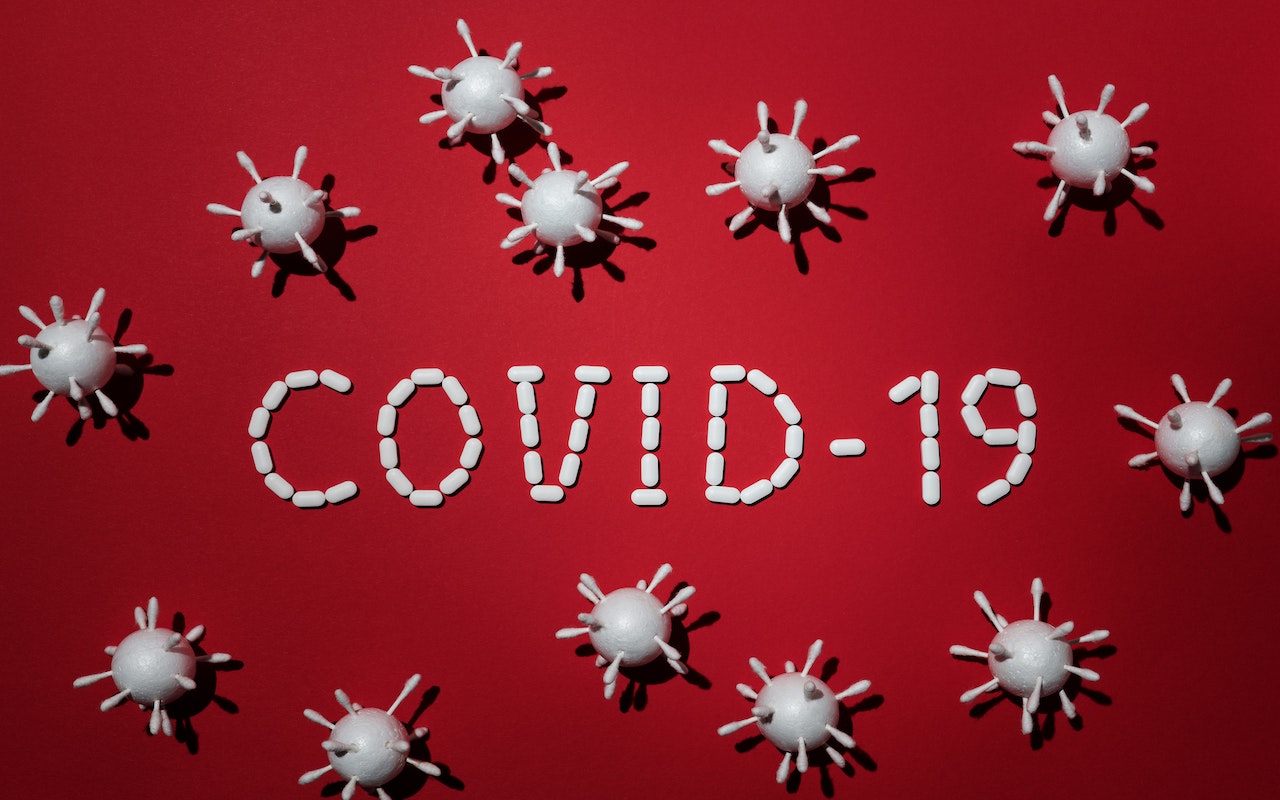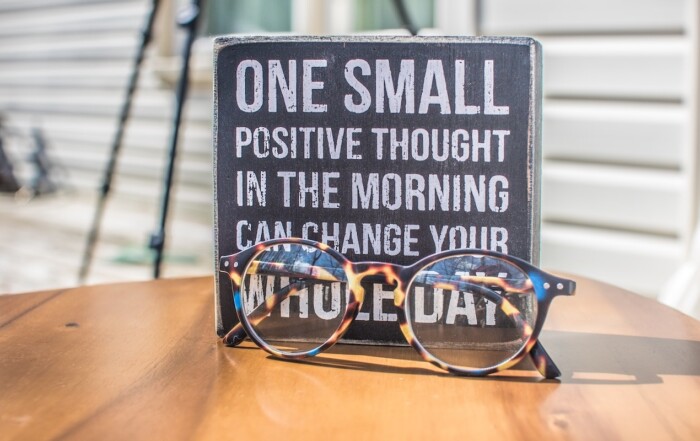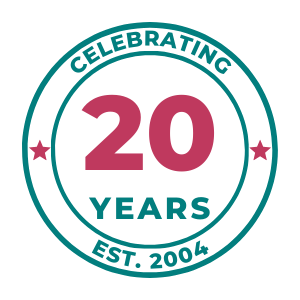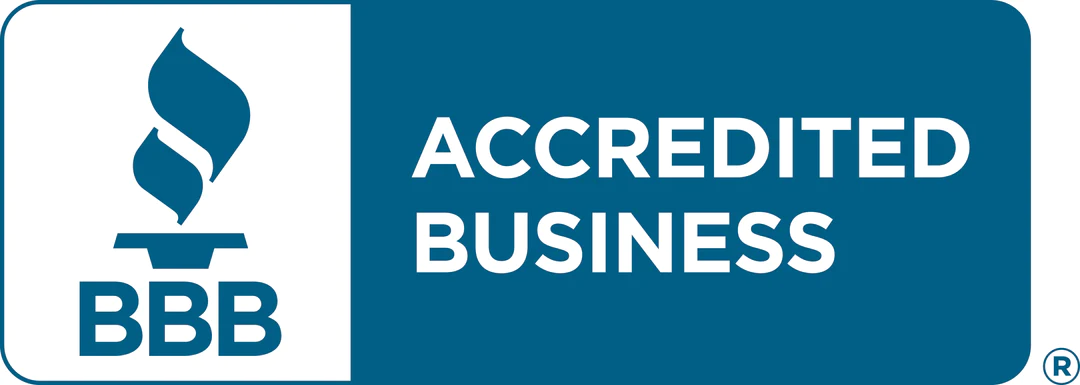College Admissions Tips and Guidance
Admissions chaos for high school class of 2021

Explore Our Articles
Recent Posts
Popular Categories
Get In Touch
On Social
By Phone or Text
(617) 734-3700
By Mail or Email
1678 Beacon Street
Brookline, MA 02445
By Form
Educational Advocates
Our objective is to guide the family in finding options where the student will not only get admitted, but thrive and find success once on campus.
Admissions chaos for high school class of 2021
Covid-19 turned the college application season upside down for current high school seniors. Tests were cancelled, student motivation was down, applications per student are up, and overall it may be a year where fewer students apply to college. The numbers of early applications to selective schools that admit less than 20 percent skyrocketed resulting in lower admission rates than the already minuscule rates of year’s past.
This chart shows the percent increase in early applications in the current 2020-2021 cycle:
[pdf-embedder url=”https://educationaladvocates.com/wp-content/uploads/11increase-Early-Apps-Bar-Chart-2.pdf” title=”11increase Early Apps Bar Chart-2″]Why the huge increase in early applications at the country’s most selective colleges?
- Test optional shift—Virtually every college in the country shifted to a test optional policy because so many test administrations were cancelled. Accomplished students who may have self-selected out of applying to such colleges in the past (because their test scores were below the range of typically admitted students) did not have testing as an obstacle this year.
- A more diverse, less typical applicant pool—With more applications, come lower admission rates. The more diverse
Many selective colleges admit more wealthy than middle and low-income students.
pool in terms of race, culture, socioeconomic background, and interests was likely very attractive to colleges. This meant that many very interesting students with stellar credentials were deferred or denied this year. There simply isn’t room for all the talented students who apply. While the majority of admitted students still come from privileged backgrounds, the upside is more access to the most selective colleges for underrepresented groups
- There is some indication that international students are starting to apply to US colleges again with the promise of vaccinations to address Covid-19, as well as the US Election. A few colleges with November 15 deadlines reported an increase in international applications after the election.
New York University reported receiving over 100,000 total applications this year, most to its New York campus. Along with UCLA, this marks the first time colleges in the USA has received 100,000 applications.

Selective colleges became even more selective due to test optional policies.
Plenty of admission offers. Although most of the early application data for colleges that admit more than 25 percent has not been reported, results in our practice show that these applicants fared well in the admissions process and that early decision, in particular, conferred an advantage.
The number of students applying is down–Aside from the early applications, as of late October, fewer students applied to college this year, but they submitted more applications per student. It is possible that students just applied later, so it remains to be seen if applications will actually be down for the year or not.
Slower to apply. Students were not able to visit colleges and thus had more difficulty coming up with a college apply list. Many reported less motivation due to the impact of the pandemic on their daily lives. Loyola Maryland reported that it typically gets 70 percent of its overall applications during the early action round, but they
received far fewer early applications this year.
Applying closer to home. Loyola Maryland reported an increase in applications from their region. With the uncertainty in the world, many students seem to want a few colleges on their list that are relatively close to their families.
Test Optional Data—Most colleges have not released the percentage of admitted students who did not submit test scores, but Boston University reported that 70 percent of students admitted early decision applied without test scores, with 58% at Boston College. Overall, colleges reported many students taking advantage of test optional policies.










